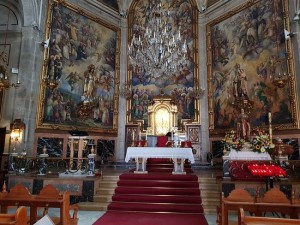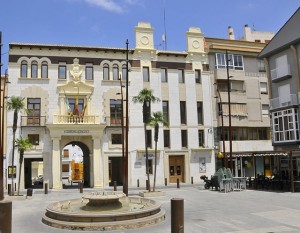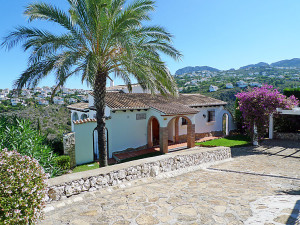Pego & Monty Pego: Pego is a
municipality of Valencia located in the
province of Alicante, Spain. Lying just inland from the northern
Costa Blanca resort of Dénia, the town of
Pego sits in a depression, surrounded by mountains. A part of the Marina Alta comarca of Alicante, Pego has a population of 10,721 (2006) and a history dating from the Arab occupation. The region around
Pego was settled during the
Bronze Age and later by Iberian and
Roman civilizations, though the story of the town really begins during the times of the Moors in around 726, when
Pego was an important Arab enclave which later formed part of the Taifa of Dénia. Subsequently, conquered by forces under James I of Aragon in 1244, Pego was later repopulated with peasants from Catalonia and the barony of
Pego was created in 1262, and control of the town passed through the hands of various members of the Valencian nobility. During the late 13th century the wetlands between
Pego and Oliva were developed for the production of rice, fishing and grazing, rice in particular became an important source of income, though later rice production in the wetlands was banned by Martin I (1403) and attempts were made to regulate the cultivation of the wetlands.
Worth visiting in Pego are the Arciprestal Church of Our Lady of the Assumption (16th century) built in the Renaissance style, built on the ruins of an earlier church, the Chapel of Ecce Homo (18th century) in the Baroque style and designed by the Valencian architect Fray Francisco Cabezas, the Church of the Sagrada Família, the hermitage of San José (19th century), the hermitage of San Miguel (17th century), the Castillo de Ambra (Castle Ambra) thought to originate from the early 13th century and the Parque Natural de la Marjal de Pego-Oliva (Natural Park of the Pego-Oliva Marshes).





